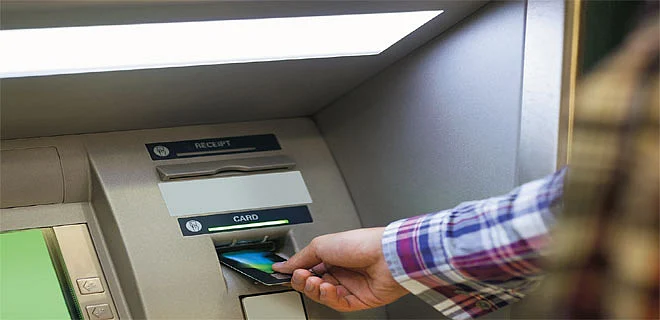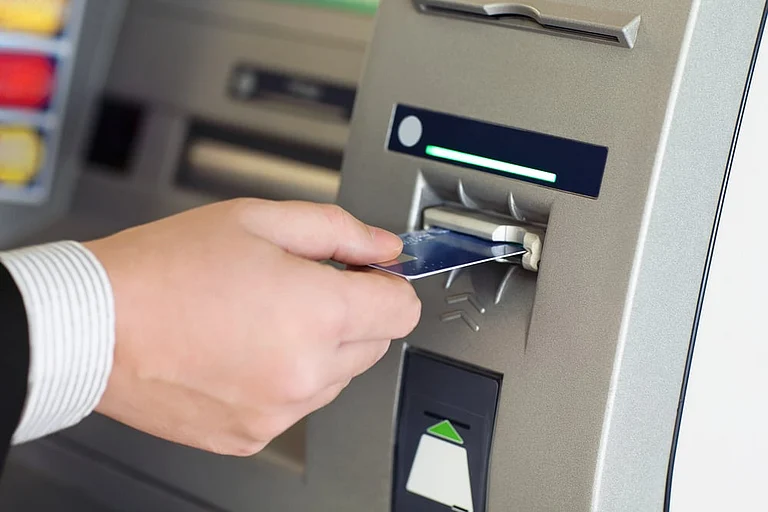The Department of Posts (DoP) will double its ATM network in India to 2,000 in the ongoing financial year (FY26). The expansion is likely to increase financial access, especially in rural and semi-urban areas where India Post has a strong presence.
The new ATMs will be placed on the OPEX model, i.e., the brown-label model. Under this model, the vendors will have and manage the ATMs, and the DoP will have and maintain the physical points. The ATMs will be re-engineered to be interoperable card-less cash withdrawal-enabled, a functionality that allows the users to withdraw cash by using UPI without needing a debit card.
India Post Payments Bank (IPPB), which has been managing the ATMs of DoP since 2022, will oversee the expanded network. The first India Post ATM was introduced in Chennai’s Thyagaraya Nagar Head Post Office in 2014. Experts believe this expansion is necessary given the vast customer base of DoP, which operates around 1.65 lakh post offices nationwide. On average, each post office serves 8,490 people and covers an area of 19.92 square kilometres.
The choice is particularly significant in the context of the enormous size of the Post Office Savings Bank (POSB) scheme. The POSB boasted 26.84 crore subscribers and aggregated balances of about 14.45 lakh crore as on March 31, 2024. The scheme offers multiple instruments for savings such as deposits in the nature of regular savings, fixed deposits and recurring deposits, Public Provident Fund (PPF), Senior Citizens' Savings Scheme (SCSS), Sukanya Samriddhi Yojana, and Monthly Income Scheme. Its larger clientele base under such plans also makes higher demands on extra ATMs.
India's ATM network experienced sluggish growth in the past two years, but growth plans are set to pick up speed following recent regulatory changes. India had 2.57 lakh ATMs of which 2.21 lakh were bank-owned and 36,000 were white-label ATMs, RBI data indicated as of January 2025.
One of the most effective drivers of developments for prospective ATM growth is increased interchange fee charges on ATMs and on transaction fees. Lately, National Payments Corporation of India (NPCI) boosted the interchange fee—a bank levied cost while its account customers use some other bank's ATM—for financial operations from Rs 17 to Rs 19 and non-financial activities from Rs 6 to Rs 7. Also effective from May 1, 2025, the RBI has permitted banks to increase transaction fees above the free level of necessity from Rs 21 to Rs 23 per transaction.
With the DoP's plan aligning with these developments, its introduction of ATMs will accelerate financial inclusion, particularly where post offices are the initial point of contact for banking. The introduction of interoperable card-less cash withdrawal facilities will also facilitate transactions to be simpler and more convenient, as part of the nation's push towards digital financial services.
Doubling the number of its ATMs, the DoP also plans to further establish itself as a core financial services institution, allowing greater numbers of the population, especially the semi-urban and rural population, to have greater access to basic banking facilities.










